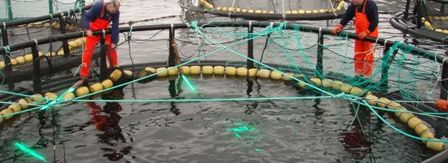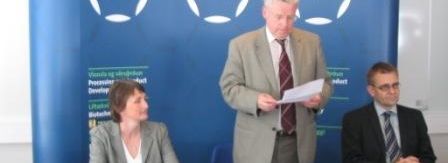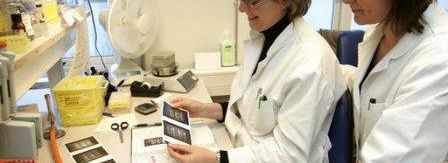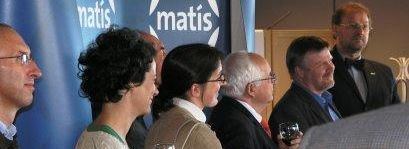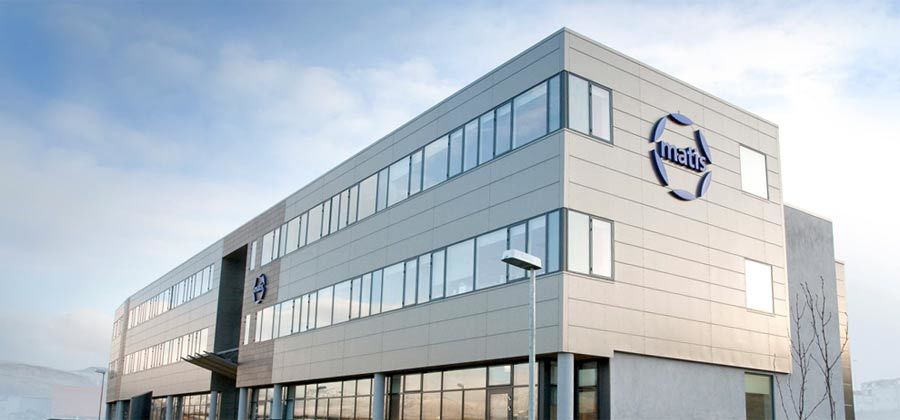Farming equipment, especially sea cages, has suffered extensive damage due to difficult environmental conditions in Iceland. In this light, the NORÐURKVÍ project is launched with the aim of designing and constructing sea docks that meet the strictest requirements for strength and durability for Icelandic conditions.
The project, which is carried out in collaboration with the Westfjords Nature Center, SINTEF Fisheries and Aquaculture, the Marine Research Institute, the Icelandic Meteorological Office and Hraðfrystihúsið Gunnvöra, will be guided by the following issues:
- Data on special Icelandic environmental conditions will be compiled
which must be taken into account when designing sea cages for Icelandic conditions. - Examine whether dock solutions currently on the market are suitable for environmental conditions in Iceland.
- Develop, if necessary, existing dock solutions to the current situation.
- Test the solutions found in the project under real conditions in Iceland with regard to their impact on the fish that are farmed in them and how they are suitable as a workplace.
This is an ongoing study that will yield results that will be useful to all parties involved in seaweed farming in Iceland.
Project manager is Jón Árnason.

